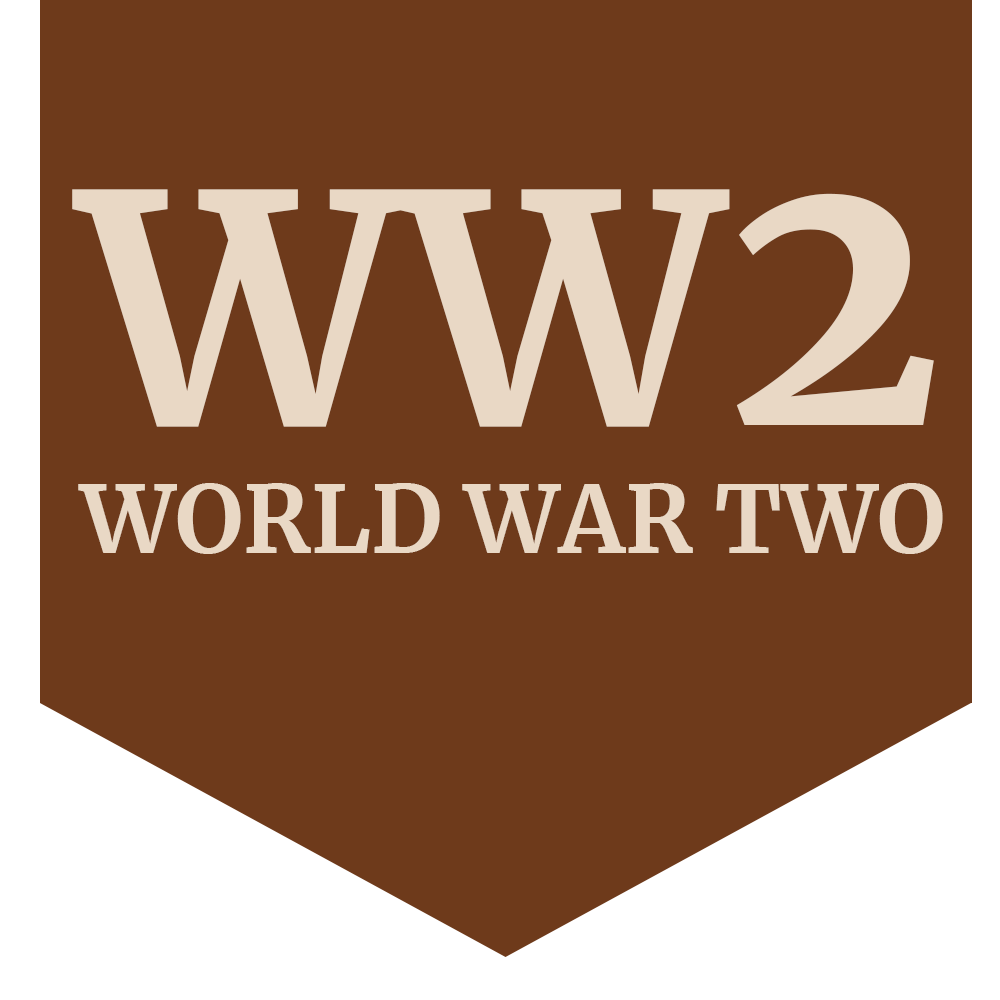
Kazimierz Zygmunt Wieliczko
- Family History
- Military history
- Extra information
- Photographs
Unknown
1/2 June 1942 Wellington Z8583 305 Sqn RAF Lindholme Take off 23.55 to bomb Essen, damaged by Flak. 03.40 Z8583 stalled while making a single engine landing at RAF Swanton Morley crashing at Manor Farm, Billingford, Norfolk. It was suggested that both the pilot and 2nd pilot had been wounded and another crew member was attempting to land the aircraft.
W/Cdr Robert Hirszbandt
F/O Kazimierz Wieliczko
F/O Zbigniew Szela
Sgt Józef Zawistowski
Sgt Józef Ulicki
Sgt Bronisław Sedzimir - All killed.
George Medal ; One night in September, 1941, at 2150 hours, an aircraft crashed (Wellington R3216) on an aerodrome and immediately burst into flames. Ignoring the intense heat, exploding ammunition and 'oxygen bottles, Leading Aircraftman Wieliczko arriving on the scene, assisted in freeing the trapped gunner, a feat which was accomplished by smashing the rear turret with bare hands and breaking the guns from their brackets. With complete disregard for his own safety Leading Aircraftman Wieliczko, whose hands were burned in the process, worked heroically until the airman was saved. He set a very fine example.
Leading Aircraftman Sydney Walter John Green was the other recipient of the George Medal for the same action.
In recognition of his bravery and sacrifice while trying to recover the Polish crew from burning Wellington from 18 (Polish) OTU which crashed on 29 Sept 1941 in Bitteswell. Unfortunately the entire crew but the rear gunner perished.
W/Cdr Robert Hirszbandt OBE DFC - Killed buried Manchester South Cemetery. Col. Robert Juliusz Hirszbandt OBE DFC, P-1399. Born 11 September 1899 in Warsaw. Graduated from the Warsaw Technical University. From 1928 he worked in the Armament Section of IBTL (later ITL, Polish equivalent of AAEE and/or RAE). From 1929 to 1939 he was the head of the section. He designed bomb sights used in the PZL 23 Karas and PZL 37 Los bombers, and developed a modification to the Vickers machine gun that prevented it freezing at high altitudes. After Polish campaign in 1939 he arrived in France. From March 1940 he led a group of airmen undergoing training at Bordeaux-Merignac. He arrived in Britain in August 1940. Initially flew as a pilot in No. 6 AACU. He then volunteered for bomber service. Trained at No. 3 SFTS and then at No. 18 OTU. In November 1941 posted to No. 305 Sqn. Offered a posting to the RAE Farnborough, he decided to complete his combat tour first. His OBE was awarded for the Vickers machine gun modification (which he handed to the British). He was also awarded the DFC and the Polish Cross of Valour and bar, and posthumously the Silver Cross of Virtuti Militari.


